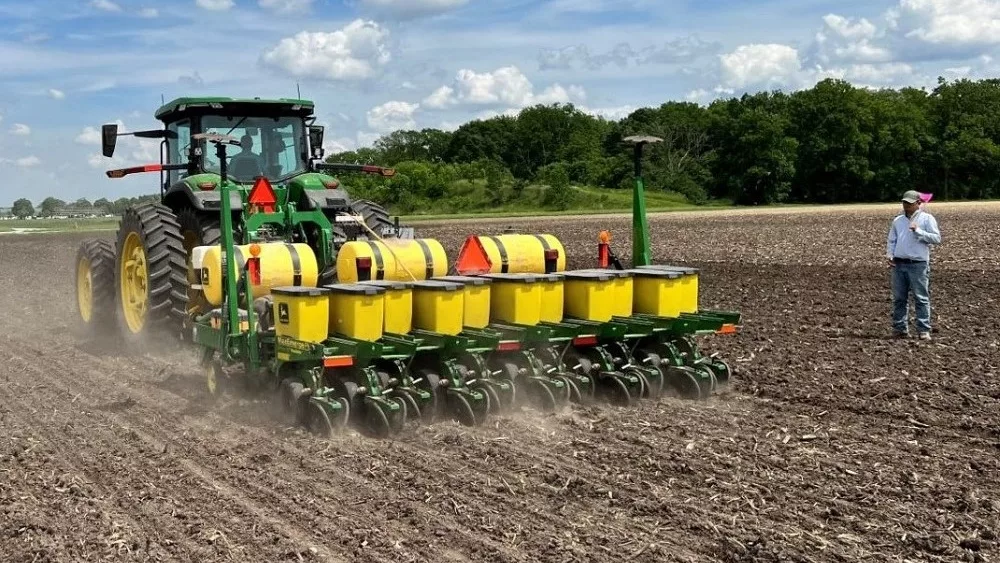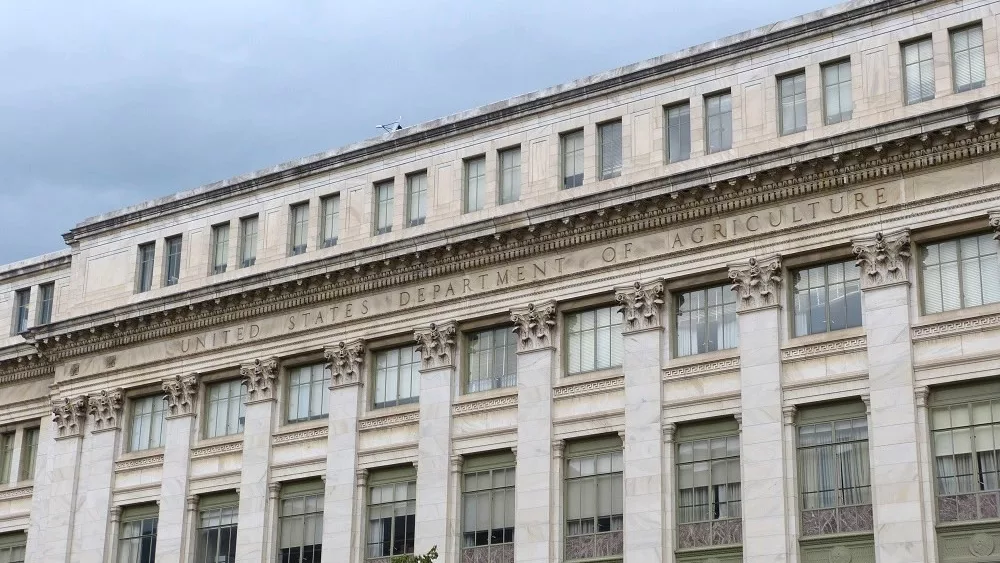
The prices Michigan farmers are paying for fertilizer have slowly been coming down compared to what they had been paying this time last year.
“Well, it’s good news for the farmer for sure especially going into spring planning season,” says Corey Rosenbusch, President and CEO of The Fertilizer Institute. He says fertilizer supplies have been strong—despite the ongoing political impact of Russia’s invasion of Ukraine.
“We’re actually 12% under on imports this year right now,” according to Rosenbusch. “I think some of that is because we saw a challenge with about 40% of the global potash supply because of Russia and Belarus. So, all of those supply chains had to shift to the point where we had nitrogen coming in from Russia because we did not put sanctions on Russia—and then because Europe couldn’t buy from Russia, we were exporting nitrogen to Europe.”
“European nitrogen had shut down,” says Rosenbusch. “Seventy percent of the nitrogen in Europe, which is about ten percent of global supply, curtailed production because of high natural gas costs. I would say from a total supply picture, it’s one thing—but there’s a lot of disruption to that supply, which I think is probably the best way to describe it.”
However, Rosenbusch says it’s a two-way street between farmers and retailers when it comes to the recent drop in fertilizer prices.
“We also want to make sure that not only are the farmers successful, but their partners are successful as well,” says Rosenbusch. “You have some ag retailers and distributors out there that are still carrying the inventory over from the fall as they were building up that product for spring application. They were buying in at those high prices. So, if they’re having to start to write off some of that product inventory as we go into spring because of that price depth, then it’s going to create a bit of a challenge for some of those ag retailers and distributors out there.”
In an effort to bring down prices and increase availability, USDA Secretary Tom Vilsack announced in March 2022 that $250 million of federal money would go to increase production of American-made fertilizer. Last May, President Biden raised that amount of federal funding to $500 million.
Although Rosenbusch says he appreciates the messaging from the Biden administration to seek solutions from foreign dependency on fertilizer, he adds that half-a-billion dollars may not move the needle on boosting fertilizer production within the U.S.
“The tactic gets a little bit more complicated because $500 million does not exactly bolster domestic supply,” according to Rosenbusch. “If you think about a nitrogen plant that costs $1 billion to $4 billion to build—or if you think about a potash mine that may take ten years to permit and cost over $30 million—there are probably some other things that the administration could have done to truly look at domestic supply, such as streamlining permitting processes. Also, the administration could be looking at incentives around energy and natural gas which is that feed stock for ammonia.”
The biggest dip in fertilizer prices recently have been for anhydrous, which is down by 13 percent in March 2023 compared to Feb. 2023.
Click BELOW to hear C.J. Miller’s news report and interview with Corey Rosenbusch, President and CEO of The Fertilizer Institute.





